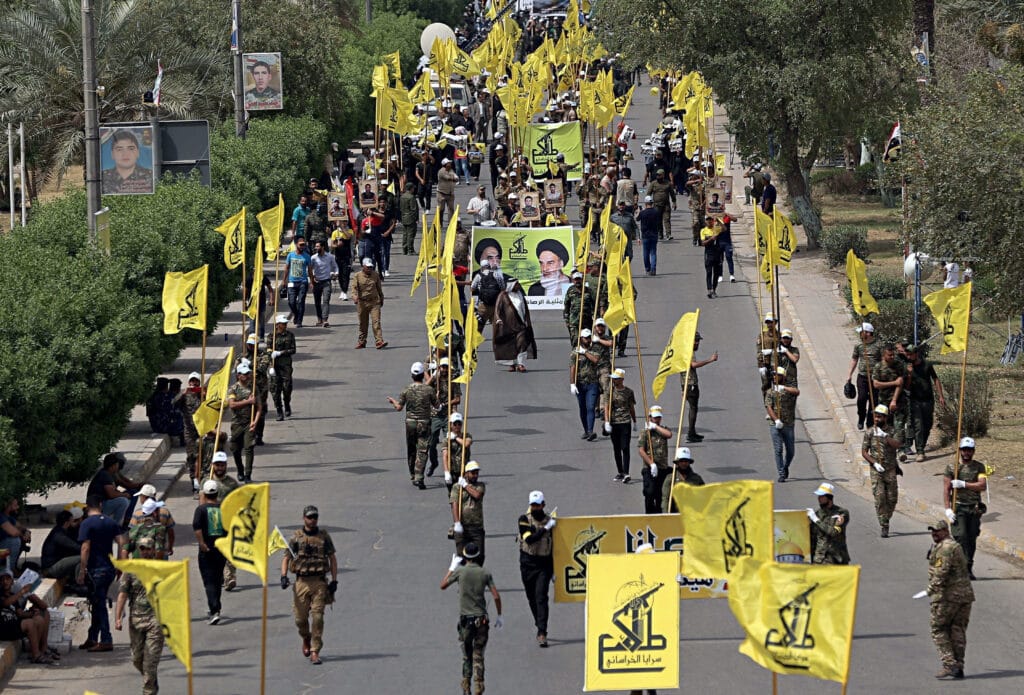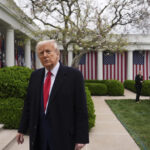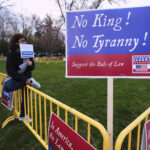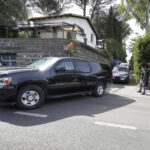Iranian Backed Forces: US Tactical Gains, Strategic Challenges \ Newslooks \ Opinion \ In a series of decisive military engagements, the United States has demonstrated its capability and willingness to neutralize threats posed by Iranian-backed forces in the Middle East. From the downing of drones over maritime choke points to the seizure of significant quantities of Iranian oil, these actions signal a robust posture against the malign activities of the Iranian regime. However, despite the tactical successes and the demonstration of military prowess, these measures fall short of a strategic deterrent and do not reflect a firm policy on dealing with the core of the problem: the leadership in Tehran.
On February 2, the U.S.S. Carney and other U.S. Navy assets engaged and destroyed several drones over the Gulf of Aden and the Red Sea, attributed to Houthi rebels and, by extension, their Iranian sponsors. These operations, while effective in neutralizing immediate threats to commercial and military navigation, are reactive measures to symptoms of a larger malignancy. The United States also made significant financial strikes against Iran, seizing oil and funds linked to the Revolutionary Guards. Yet, these actions, though impactful, are unlikely to shift Tehran’s strategic calculus.
On the surface, the leadership in Tehran, deeply entrenched and ideologically motivated, has weathered decades of international pressure, finding new ways to project power domestically and regionally. The Revolutionary Guards, with its network across the Middle East, continues to support proxy forces, develop ballistic missile capabilities, and engage in cyber warfare, all of which pose direct threats to U.S. forces and allies. This has come at a great cost to the people of Iran, who yearn for freedom, risking their lives and well-being with the growing anti-regime protests across Iran. This is the regime’s Achilles’ heel: hated and weak at home.
The ongoing U.S. military actions, while necessary, are akin to trimming the branches of a poisonous tree without striking at the root. The “head of the snake” in Tehran remains largely unaffected, continuing its long-term strategy because the United States fails to recognize the regime’s inherent weakness, its downfall by the people of Iran. Without a comprehensive strategy that addresses the core of Tehran’s aggressive posture—its leadership and ideological machinery—these military actions are unlikely to deter its broader regional ambitions. Moreover, although the Biden administration has sought to re-engage diplomatically with Tehran, particularly over the nuclear issue, these efforts have yielded no results. The juxtaposition of diplomacy with intermittent military strikes presents a mixed message, potentially undermining the credibility of U.S. threats and overtures alike.
To break the current impasse in U.S. policy on Iran, the administration needs a multi-faceted strategy that combines military deterrence, diplomatic engagement with Iran’s freedom movement, economic pressure on the IRGC, and support for regional allies. This approach should aim not only to contain Tehran’s proxy networks and military capabilities but also to recognize the true voice for democratic change within Iran. Furthermore, any effective policy necessitates building a coalition of like-minded nations to apply collective pressure on Tehran while recognizing the rights of the Iranian people to overthrow the ‘head of the snake.’
The path to a more stable Middle East lies not in episodic military engagements but in a comprehensive strategy that seeks to change the calculus of Tehran’s leadership while laying the groundwork for a more peaceful Middle East where the Iranian nation can prosper as a non-nuclear, secular republic. Without addressing the “head of the snake” in Tehran through a mix of pressure and diplomacy, the cycle of confrontation and proxy warfare is likely to continue, with significant costs for all involved.
More by the AuthorDisclaimer: The views and opinions expressed in this article are those of the authors and do not necessarily reflect the official policy or position of Newslooks.com
Iranian Backed Forces- Iran – Houthis – Hezballah







